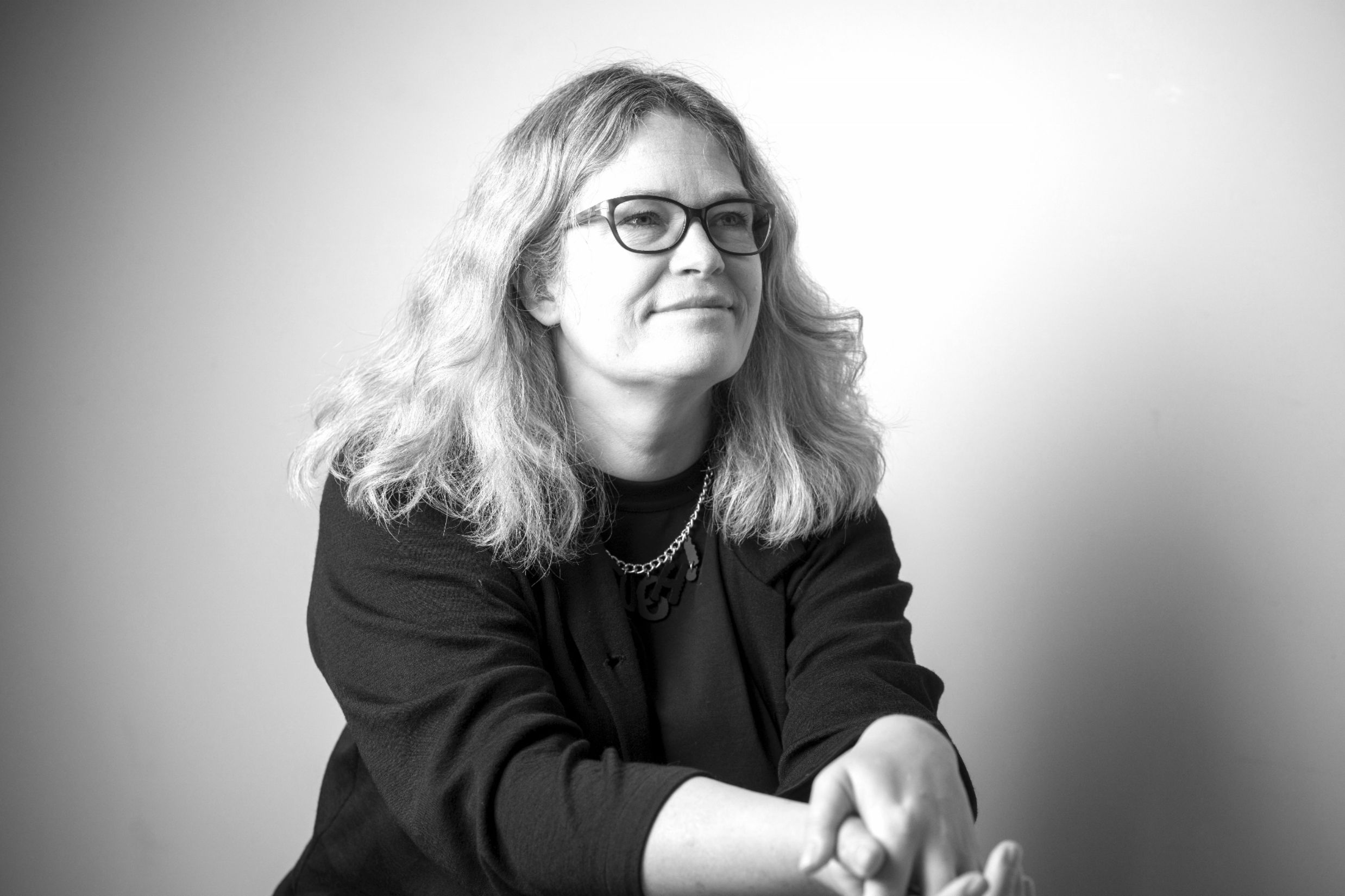Risky Business
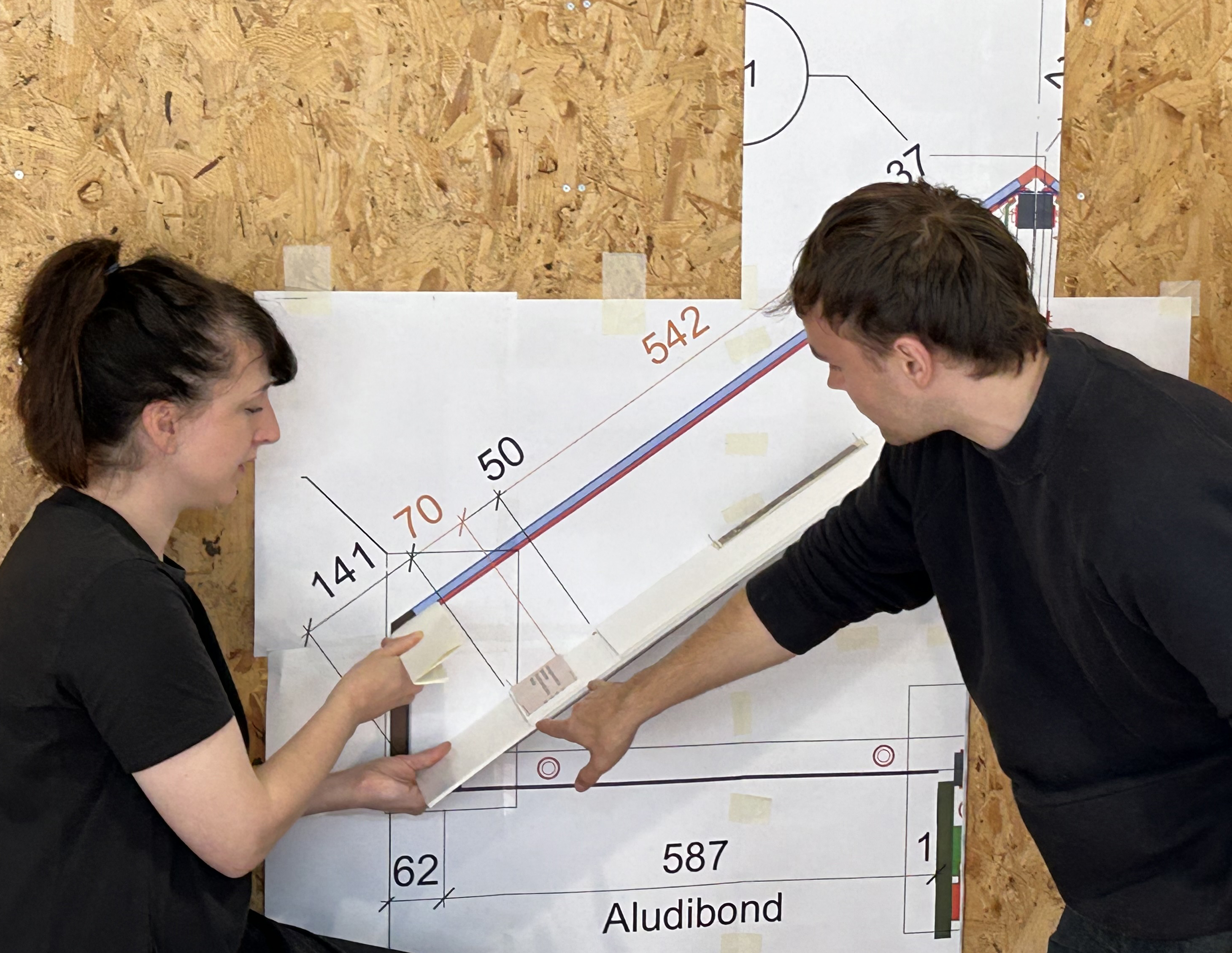
This article first appeared in Architecture Today where you can view it here
Pippa Nissen explores the crucial distinction between financial risk and creative risk, and explains how the success of Nissen Richards’ masterplan for Sutton Hoo in Suffolk depended on the client’s ability to distinguish between the two.
As an architecture and design practice, we’re constantly asked about managing risk. Can you quantify the risks on this project, clients want to know? And how do you intend to mitigate them? With PPQs (pre-qualification questionnaires), the subject is even more upfront and the message very clear: you will not be shortlisted if you can’t convincingly exemplify the risk-averse attitude we’re looking for.
Whilst the whole idea of being able to preclude risk is fundamentally laughable, we also, of course, understand the line of questioning. Times are always tight, whatever the reasons, and there are plenty of those kind of projects right now as the tail-end of the pandemic, Brexit, international wars and the domestic cost-of-living crisis all continue to bite.
How could I not appreciate the fear of risk too as a business owner myself? I’m constantly plotting and revising our own back-up plans (and plans C, D and E too). We can’t afford to lose money on jobs and never want to risk going bust, so staying ahead of the curve, as well as reacting quickly to changes in world politics, is paramount - and we still have to do what feels right.
Whilst it's logical and sensible to guard against risk, what about the cost of conflating financial and creative risk with no distinction? In a report by Nesta from 2023, a clear call is made for distinguishing between financial risk and creative risk: “For the economy and society there can be no innovation without risk taking, and innovation is crucial for economic development and social well-being. It is central to scientific advancement and finding solutions to economic, political and social problems.”
Science, of course, has a clear and proven history in the value of accidental and serendipitous discovery, from X-Rays and Penicillin to Teflon. Not knowing the end result at the outset is clearly a vital part of exploration, whether scientific or creative.
My most satisfying time in architectural teaching generally has been working with second year students, when they are at their most willing to do something they haven't done previously - and before the final grind towards results. As student loans become more onerous, and places at university scarcer, the pressure on students to be cautious, even ‘cost-effective’, in their studies is growing. Something is definitely getting lost along the way as a result.
Helping our clients understand the difference isn’t always easy either, but it’s our job to win the argument, because it’s plain that our most theoretically ‘risky projects’ have been the ones where we’ve really pushed the boundaries of design to places where we and our clients initially thought we couldn't go.
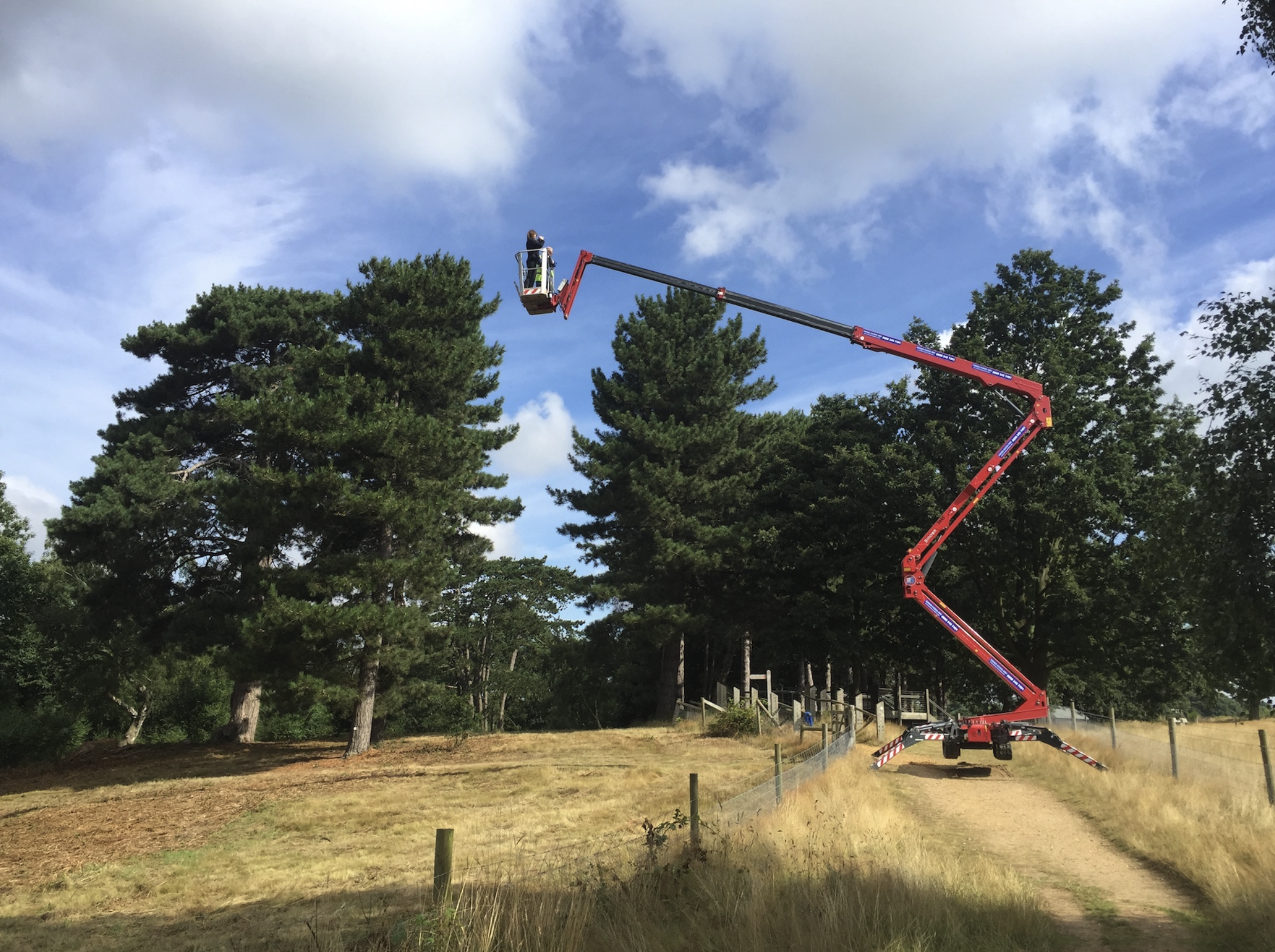
For Anglo-Saxon burial ground Sutton Hoo in Suffolk, for example, for the National Trust, - an RIBA National Award-winner - we were asked to masterplan the whole site, including a Scheduled Monument. We considered the entirety of the visitor experience, and how we wanted people to feel and engage with the burial grounds, now visible only as a series of little hillocks in a field.
The issues were that:
a) everyone arrived asking to see the burial ship, which hadn’t been there for centuries as the original timber had rotted away, whilst the iconic and famous photographs of the site showed an imprint of the ship in the soil that was long since gone
b) most of the site’s original artefacts now sit in the British Museum.
We knew we needed a radical rethink to represent the ship, connect critical pieces of the story and stimulate visitors’ imagination, as well as dealing with serious logistical constraints, including connecting the site to the water, where the ship would have arrived, and then to the burial grounds, now hidden behind trees owned by neighbouring properties (to add even more complexity).
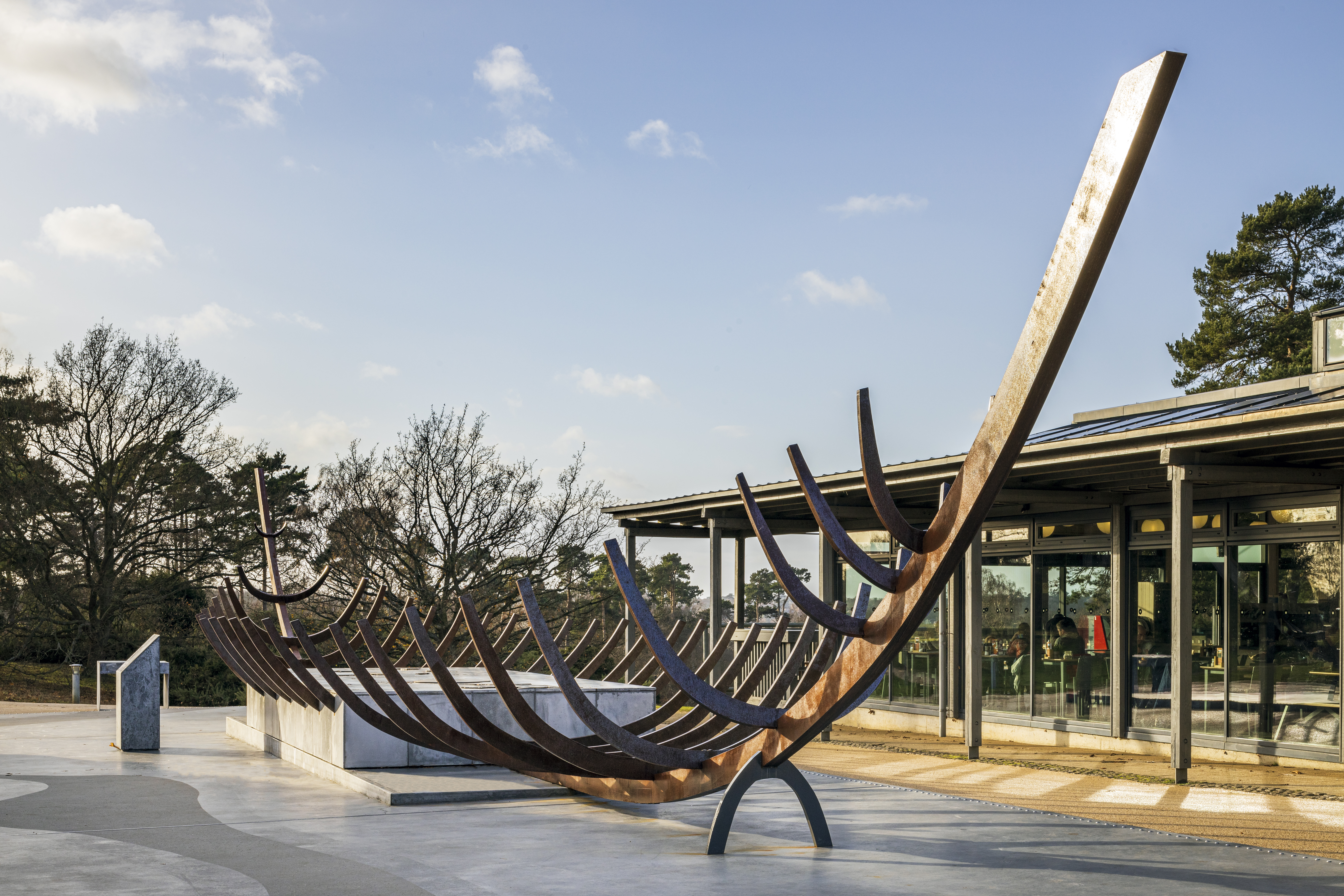
We plotted the visitor journey, beginning with a metal 3D sculpture embodying the ship that states the story clearly in interpretation, alongside maps and facts. We developed new pathways diverting people on a longer route, so they could be slowly connected with landmarks and views that still hold the powerful story today. Glimpses of the water, views up the hill through trees, and small nudges and hints were offered up, from quotes set into the ground to seats that look at specific vistas. Eventually, this culminated in a new-build tower, where visitors could observe the burial mounds from above, connecting the wider site and journey together.

This was a radical solution, and we had to take many people along with us: the National Trust, neighbours, volunteers, funding bodies. The answer lay in testing and prototyping. We built towers in different locations and asked people to come and see for themselves and give their opinions. We used cranes to test the height, drones to test the route and photograph the height, as well as our usual photomontages and computer renderings.
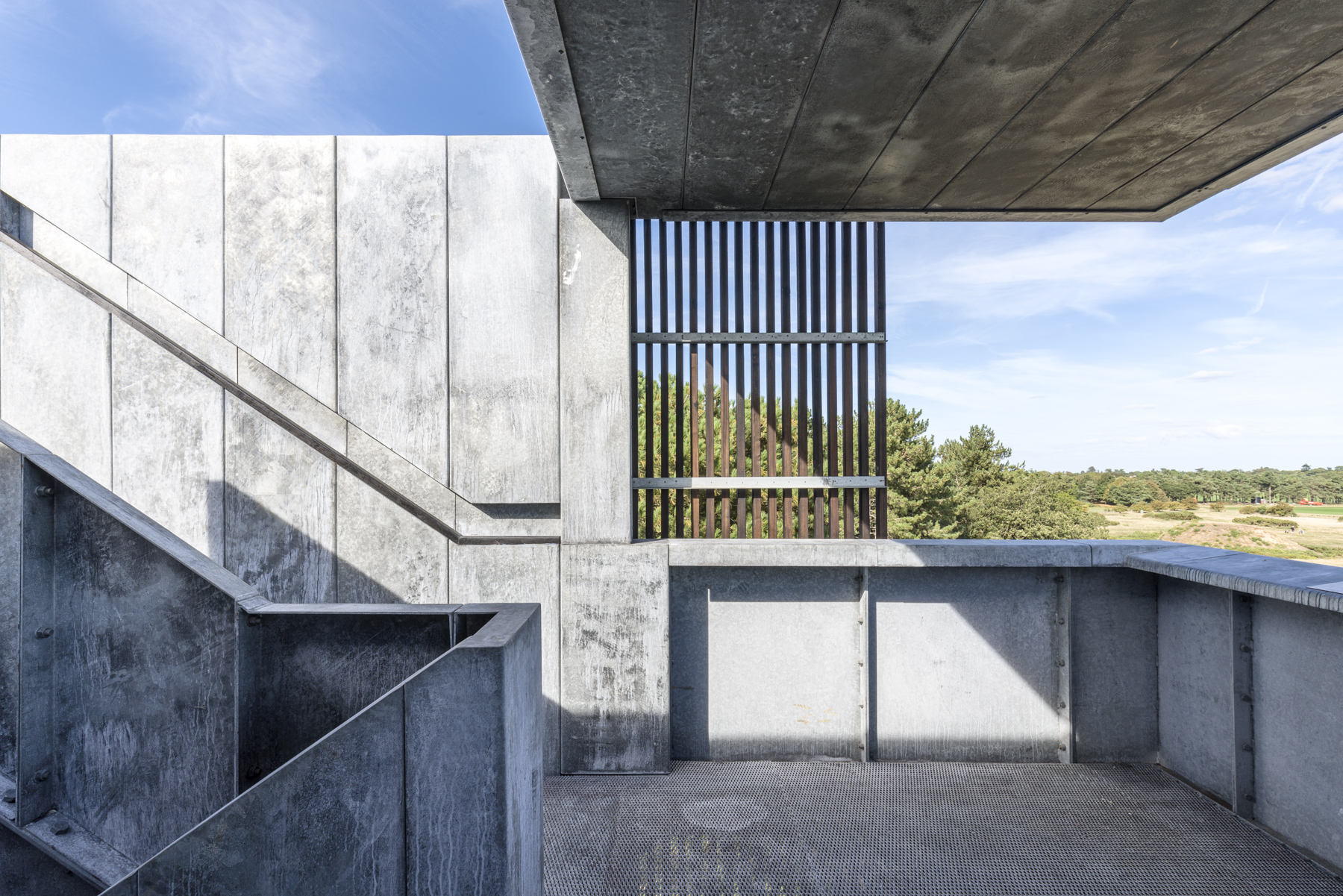
When people can experience something for themselves, they trust in the outcome and become invested. Imagining radical solutions is much less palatable if details seem frightening and overwhelming. The answer lies in the successful communication of ideas, but only once you have replaced everyone’s fear of risk with the most important element of a client and designer team - trust.

